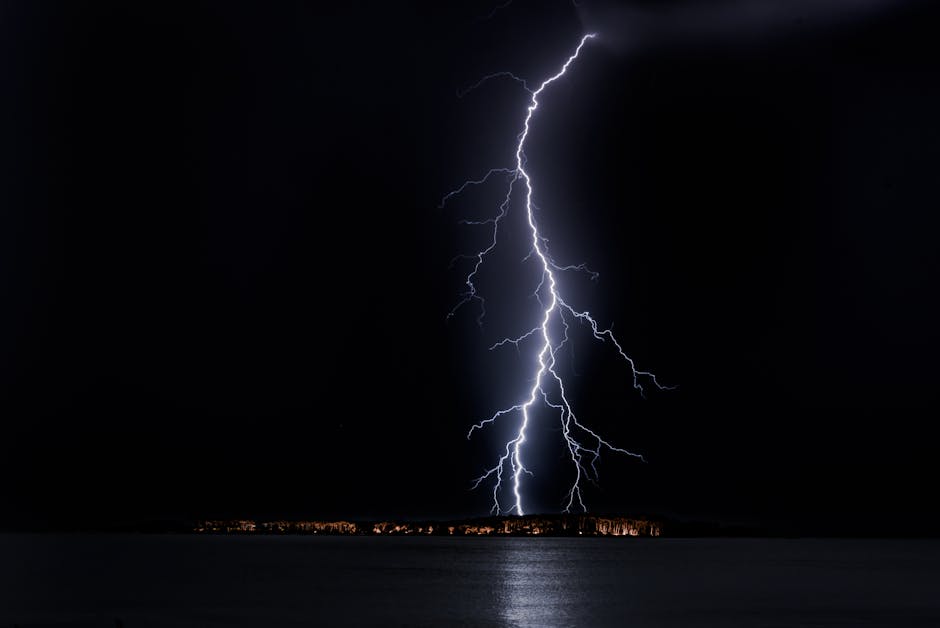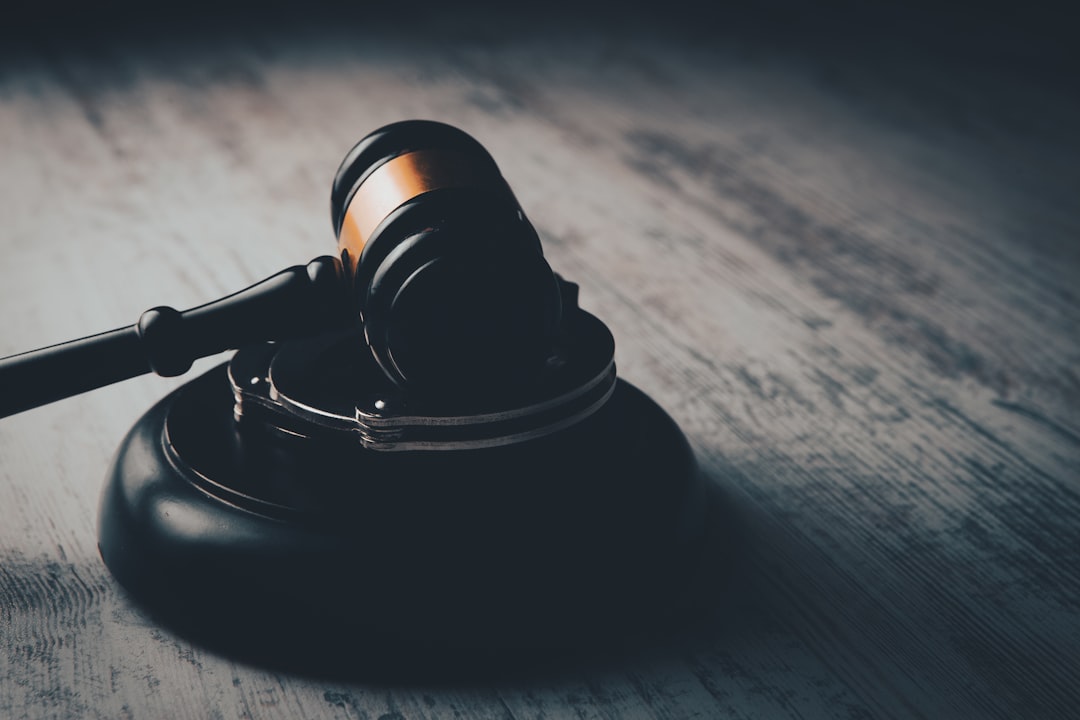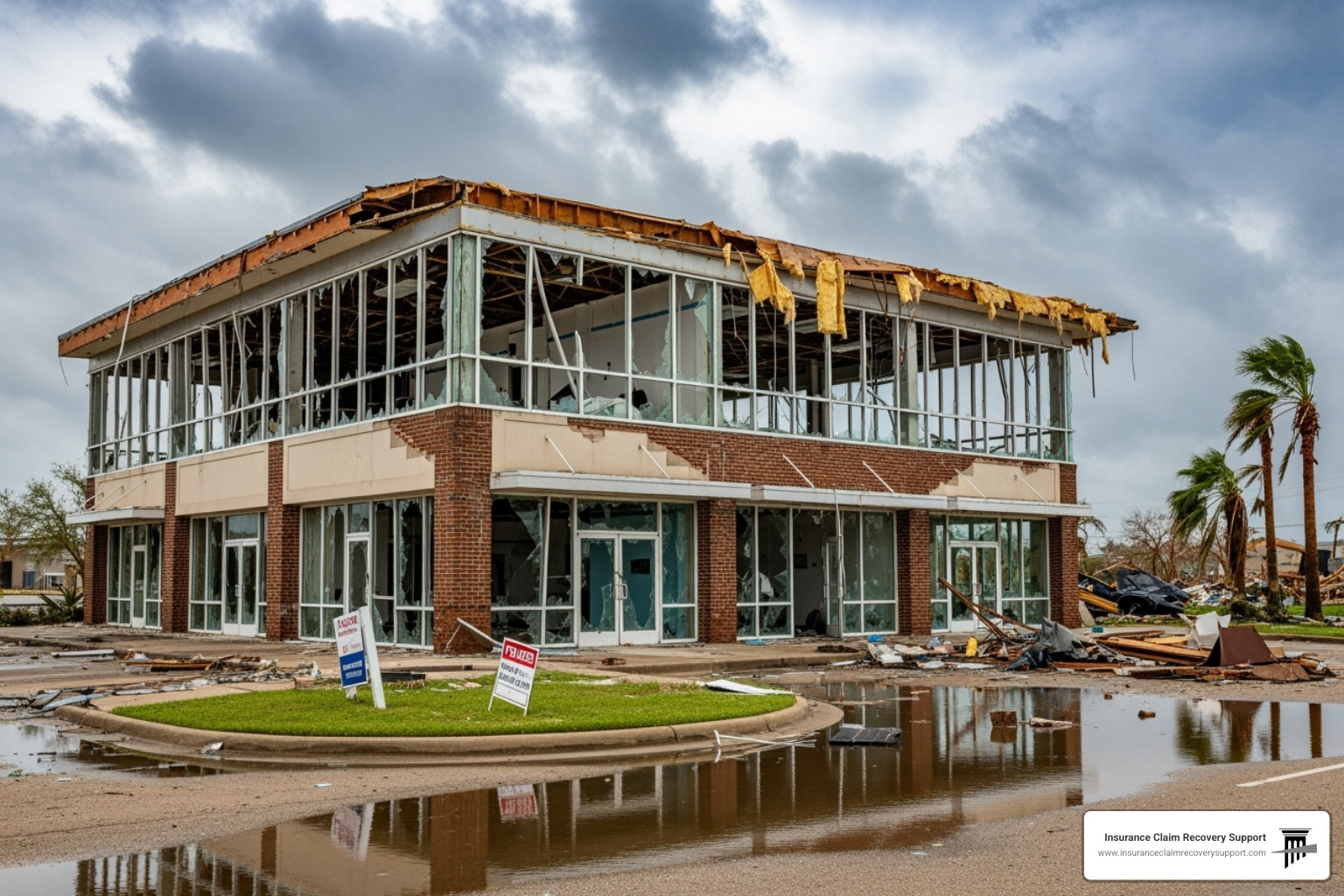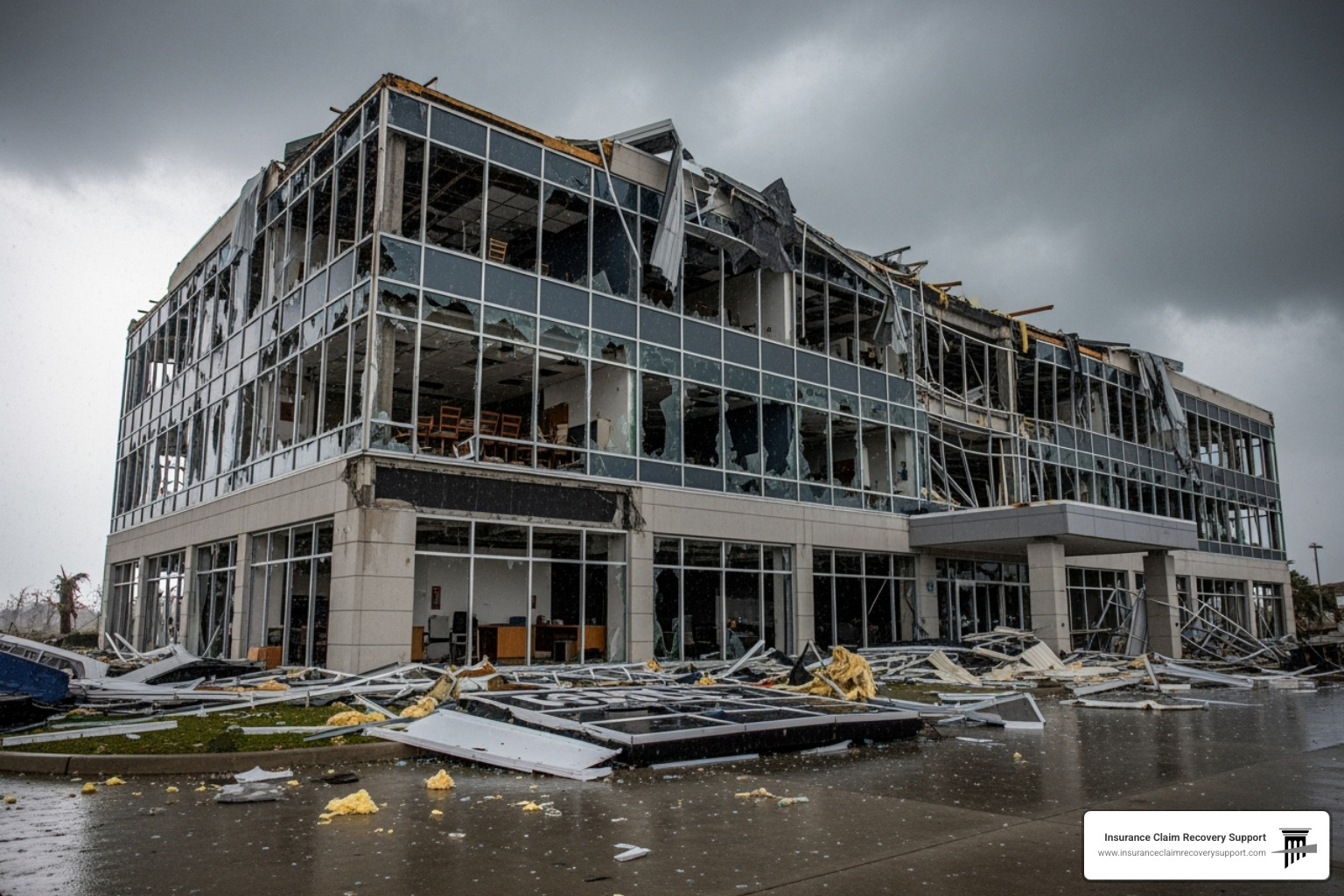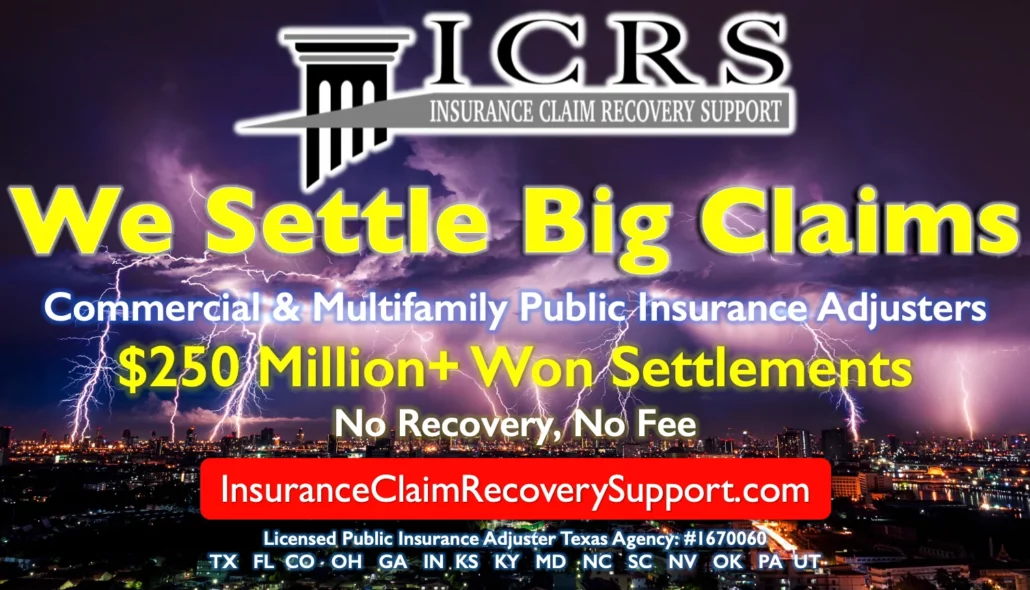When lightning strikes, it can leave behind significant property damage and a daunting insurance claim process. Lightning Property Damage Insurance Claims can help you recover financially, but it’s crucial to understand how to steer the process effectively.
Key Steps for Filing a Lightning Property Damage Insurance Claim:
– Document the Damage: Take clear photos and videos.
– Contact Your Insurance Company: Report the damage immediately.
– Review by Adjuster: An adjuster will inspect and assess the damage.
– Understand the Deductible: Know what out-of-pocket costs you’ll cover.
– Settlement Process: Wait for the initial payment, complete repairs, and receive final settlement.
I’m Scott Friedson, a multi-state licensed public adjuster with experience in Lightning Property Damage Insurance Claims. Over the years, I’ve helped policyholders secure fair settlements, ensuring their properties are restored without unnecessary delays or litigation.

Understanding Your Coverage
Home Insurance Basics
Home insurance is designed to protect your home and personal property from various perils. If you’re wondering, does homeowners insurance cover lightning strike damage? Yes, it generally does. This includes:
- Fire Damage: Lightning can cause fires, and your policy typically covers the resulting damage.
- Electrical Surges: These can fry your home’s wiring and appliances. Coverage usually extends to these types of damages.
- Structural Impacts: A direct strike can cause physical damage to your home, which is also covered.
Covered Perils
Your homeowners insurance policy lists specific perils it covers. For lightning, this can include:
- Fire: If lightning causes a fire, your policy will help cover the repair costs.
- Electrical Surges: These can damage your home’s wiring and appliances.
- Structural Impacts: Lightning can cause physical damage to your home’s structure.
- Personal Property Damage: Items inside your home, like electronics and furniture, are typically covered.
Extended Coverage
Living in an area prone to severe thunderstorms? Extended coverage might be worth considering. This can include:
- Higher Limits: More coverage for expensive repairs.
- Additional Perils: Coverage for other storm-related damages not included in the standard policy.
Comprehensive Coverage
Comprehensive coverage offers broader protection. This is especially useful for high-value homes or areas with frequent volatile weather. It covers:
- Broader Range of Damages: Almost all sources of damage are included unless specifically excluded.
- High-Value Homes: Ideal for homes with high market value or expensive contents.
Equipment Breakdown Coverage
Lightning can cause power surges that damage your appliances. Equipment breakdown coverage can help:
- Repair Costs: Covers the cost of repairing or replacing damaged electrical appliances.
- Artificially Generated Electrical Currents: Includes damage from electrical surges caused by lightning.
Understanding these coverage options helps you assess whether your current home insurance policy sufficiently protects you against the financial impact of lightning strikes. By knowing what your policy includes and where it might fall short, you can make informed decisions about potential upgrades or additional coverage. This is especially important given the unpredictable nature of lightning and the significant damage it can cause.
Proving Lightning Damage
Assessment Tips
First things first, conduct a thorough inspection of your property right after the storm. Safety is key—only inspect once it’s safe. Look for obvious signs like burn marks, holes, or structural damage.
Document everything before making any repairs. This ensures you have proof of the original damage.
Evidence Collection
Photographs and Videos: Take clear, detailed photos and videos of all damage. Capture areas where lightning struck directly or where secondary effects, like power surges, caused damage.
Gather Documentation: Collect reports from the fire department, weather reports indicating a lightning storm, and witness statements if available.
Identifying Specific Damages
Char Marks: Look for blackened areas on electrical outlets, appliances, or where lightning made contact with your house.
Holes: Check for punctures in the roof or walls. These can indicate a direct strike.
External Damage: Inspect sheds, detached garages, and trees for signs of lightning hits.
Electrical System Damage: Have a licensed electrician check for hidden electrical issues. They can document damage caused by power surges.
Role of an Adjuster
An insurance adjuster will visit your property to verify your claims. They assess physical evidence and may consult with specialists like electrical engineers.
Damage Verification: The adjuster will confirm the extent and cause of the damage using your collected evidence.
Professional Consultation: Sometimes, additional experts are brought in to help determine the full scope of the damage.
Payout Determination: The adjuster plays a key role in deciding how much your insurance company will cover. Make sure all your documentation, photos, and professional assessments are organized and ready to present.
By carefully documenting the damage and understanding the role of the adjuster, you can effectively prove that your property sustained damage due to a lightning strike. This approach helps ensure your insurance claim is processed smoothly and reflects the true extent of the damage.

In the next section, we’ll cover the steps to filing a lightning property damage insurance claim. This includes how to document the damage, contact your insurance company, and understand the settlement process.
Filing a Lightning Property Damage Insurance Claim
Filing a Lightning Property Damage Insurance Claim can seem overwhelming, but breaking it down into clear steps makes it manageable. Here’s how to get started:
Document the Damage
1. Take Photographs: As soon as it’s safe, take clear photos of all the damage. Capture different angles and include close-ups of specific issues like char marks, holes, and damaged electronics.
2. Write Detailed Notes: Describe the damage in detail. Include the date and time of the lightning strike, and note any immediate effects you observed, like power surges or fires.
3. Ensure Safety: Before documenting, make sure the area is safe. Avoid standing water or exposed electrical wires.
Contact Your Insurance Company
1. Report the Incident: Contact your insurance provider as soon as possible. You can do this online, by phone, or through an app. For example, American Family Insurance offers the MyAmFam app for easy claim filing.
2. Provide Initial Details: Be ready to give a brief summary of the damage, including the time of the lightning strike and a preliminary list of affected items.
3. Follow Up: Keep track of your claim number and any follow-up instructions from your insurer.
Claim Review by Adjuster
1. Damage Inspection: An insurance adjuster will visit your property to inspect the damage. Make sure to be present during this inspection to point out all areas of concern.
2. Loss Assessment: The adjuster will assess the extent of the damage and estimate repair costs. Provide them with all your documentation, including photos and notes.
3. Payout Determination: Based on their assessment, the adjuster will determine the payout amount according to your policy details.
Deductible Considerations
1. Understand Your Deductible: Your deductible is the amount you pay out-of-pocket before your insurance kicks in. Review your policy to know this amount.
2. Evaluate Repair Costs: Compare the repair costs to your deductible. If the damage is minor and close to the deductible amount, it might be more economical to cover the repairs yourself.
3. Decide on Claim Worthiness: If the repair costs significantly exceed your deductible, filing a claim is worthwhile. Otherwise, you might choose to handle repairs independently.
Settlement Process
1. Initial Payment: Once your claim is approved, you’ll receive an initial payment to start the repair process. This helps you cover immediate expenses.
2. Completion of Repairs: After completing the repairs, submit all receipts and documentation to your insurer. If the initial payout didn’t cover all costs, you might receive a second payment.
3. Full Settlement: The total settlement amount will be the repair costs minus your deductible. Ensure all repairs are verified and completed before finalizing the claim.
By following these steps, you can efficiently file a Lightning Property Damage Insurance Claim and ensure a smooth process from documentation to settlement.
In the next section, we’ll discuss how to prevent lightning damage to your property.
Preventing Lightning Damage
Protecting your home from lightning damage is crucial. Here are practical steps to safeguard your property and loved ones during thunderstorms.
Unplugging Electronics
Why: Lightning can cause power surges that damage electronic devices.
How: Before a storm hits, unplug televisions, computers, and other sensitive electronics to protect them from sudden electrical spikes. This simple step can save you from costly replacements.
Fire Extinguisher
Why: Lightning strikes can ignite fires quickly.
How: Keep at least one fire extinguisher accessible in your home. Ensure everyone knows how to use it. Regularly check the extinguisher to make sure it’s in working order.
Smoke Detector
Why: Early detection of fire gives you time to react and minimize damage.
How: Test your smoke detectors monthly and replace batteries annually. This simple step can be life-saving and help you catch fires early.
Lightning Protection System
Why: To provide a direct path for lightning to follow, minimizing damage.
How: Install a system designed to safely ground lightning strikes. This system includes air terminals, bonding conductors, and ground electrodes. It’s best to hire a professional certified by the Lightning Protection Institute for installation.
Surge Protector Devices
Why: To protect your home electronics and appliances from voltage spikes.
How: Use surge protectors for all major appliances. Look for products that meet UL standards for the best protection. This is especially important for expensive or critical equipment.
By implementing these measures, you can significantly reduce the risk of damage from lightning strikes. Each step helps protect different aspects of your home and can be a crucial part of your overall strategy to keep your property and family safe during storms.
In the next section, we’ll address some frequently asked questions about Lightning Property Damage Insurance Claims to help you steer the process more effectively.
Frequently Asked Questions about Lightning Property Damage Insurance Claims
How to prove to insurance damage is from lightning?
To successfully claim lightning damage, you need solid proof. Here’s how you can do it:
- Char Marks: Look for blackened or burned areas, especially around electrical outlets and appliances. These are clear signs of a lightning strike.
- Holes: Check your roof and walls for any punctures. Lightning can cause visible holes where it struck.
- Exterior Damage: Inspect external structures like sheds, garages, and trees. Lightning often leaves burn marks or splits wood.
- Professional Assessments: Hire experts like electricians or plumbers. They can provide detailed reports that confirm lightning as the cause of damage. Their assessments can be very persuasive to insurance adjusters.
Does house insurance cover lightning?
Yes, most homeowners insurance policies cover damage caused by lightning. This includes:
- Fire: If lightning causes a fire, your policy will cover the damage. This is often considered a fire loss even if the fire was caused by lightning.
- Electrical Surges: Lightning can cause power surges that damage electronics and appliances. These are typically covered.
- Structural Impacts: Direct strikes can cause significant structural damage, which is usually included in your coverage.
- Personal Property Damage: Items inside your home, like furniture and electronics, are often covered if they are damaged by lightning.
Are trees struck by lightning covered by homeowners insurance?
Yes, trees struck by lightning are generally covered by homeowners insurance. Here’s what you need to know:
- Tree Removal: If a tree is struck and falls, your policy often covers the cost of removing it. This is important to prevent further damage or hazards.
- Property Repair: If the fallen tree damages your home or other structures, the repair costs are usually covered.
- Structure Damage: Lightning can cause a tree to fall on your house, shed, or fence. Your insurance should cover the repair or replacement of these structures.
According to the Insurance Information Institute, lightning damage is a common cause of property claims. Understanding your policy and documenting all damages thoroughly can help ensure you get the coverage you deserve.
In the next section, we’ll guide you through the steps to file a Lightning Property Damage Insurance Claim efficiently and effectively.
Conclusion
Navigating the aftermath of a lightning strike can be overwhelming. At Insurance Claim Recovery Support LLC, we are dedicated to guiding you through the complex insurance landscape. Our expertise in policyholder advocacy ensures that you have a fair chance at claiming what is rightfully yours.
Policyholder Advocacy
We believe every policyholder deserves a fair and just settlement. Our team works tirelessly to interpret policies and negotiate claims. This expertise helps remove the burden from your shoulders, making the claims process as smooth and stress-free as possible.
Maximizing Settlements
Lightning damage can be severe and costly. We specialize in accurately assessing the extent of the damage and fighting for a settlement that truly covers the cost of repairs and replacements. Our goal is to ensure you are not left out-of-pocket due to inadequate insurance assessments or settlements.
Texas Locations
With Texas being one of the states most prone to lightning and storm damage, our presence here is crucial. We have extensive experience dealing with local insurance companies and understand the specific challenges that Texans face. Our local knowledge is a significant advantage in navigating claims efficiently.
Fire and Storm Damage Expertise
Our team is not only skilled in handling lightning damage claims but also has a deep understanding of related fire and storm damage. This comprehensive knowledge ensures that no matter how complex your situation, we can handle it with expertise and care.
In conclusion, facing the aftermath of a lightning strike is daunting, but you don’t have to do it alone. With Insurance Claim Recovery Support LLC by your side, you can face this challenge with confidence. Let us advocate for you and ensure that your property is restored and your financial interests are protected.
For more details on how we can assist you, please visit our service page.
When lightning strikes, you’re not alone. We’re here to light the way to recovery.

